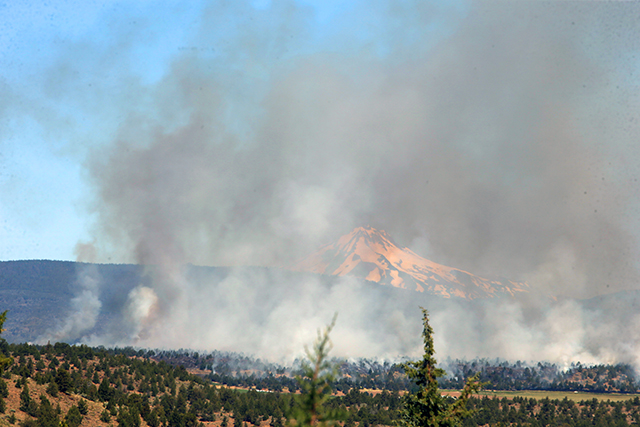Bird watch: common nighthawk
Published 12:00 am Wednesday, November 2, 2016

- Submitted photoCommon night hawk
The common nighthawk is common but has nothing to do with hawks. The common nighthawk is a member of the Caprimulgidae family. Birds in this family have wide mouths that help these hunters capture flying insects. The scientific name is Chordeiles minor. Chordeiles is from the Greek word choros meaning “a circular dance,” and minor is from Latin meaning “small.”
Better described as more medium sized, it is about 8 to 10 inches in length and has a wingspan of about 2 feet. In spite of the 2-foot wingspan, it weighs just over 2 ounces. The common nighthawk is found throughout the United States and much of Canada. It winters in South America and is one of the last spring migrants to arrive in the area, in late May to early June.
This very plain looking bird is dark brown/gray overall on back and wings. Underparts are whitish, and the male has a white throat. There is a very visible white bar near the tip of each wing.
They are easily spotted by their erratic, circular flight with slow steady wing beats as they go after their prey. They have a small beak and a massive mouth. They are a crepuscular (dawn and dusk) and nocturnal forager. They drink on the wing by skimming over the water surface with their lower mandible. Their roosting habits are quite interesting in that they will roost on a branch, roof top, fence post or on the ground.
These birds lay their eggs on gravel or bare rock. The female does most of the incubation, and the male guards the nest while the female goes off to feed.
Folklore says that the common nighthawks — with their large mouths — suckled goats, giving them the name “goatsucker.” They are also known as nightjars in the Old World. This bird always reminds me that it is summer in Central Oregon. It does not stay around long each year, often departing in early September. It is a joy to hear the repeated “peent” call and watch the dancing flight. Look for them over areas with lots of flying insects, such as lakes and rivers. Get out and enjoy the birds.
— Tom Lawler is an avid bird watcher and photographer. He serves on the East Cascades Audubon Society board and does bird walks at the Sunriver Nature Center.






